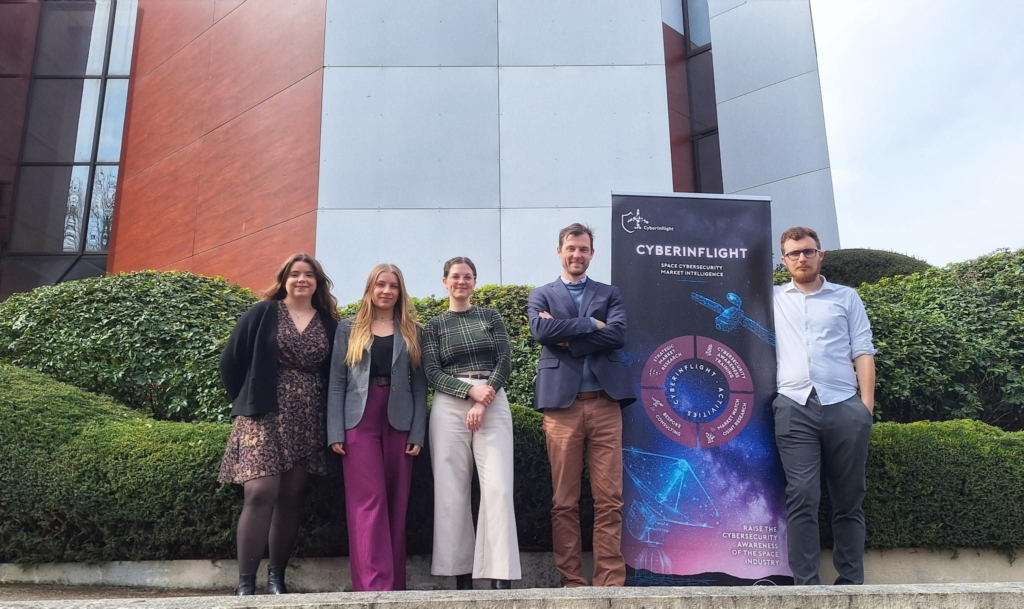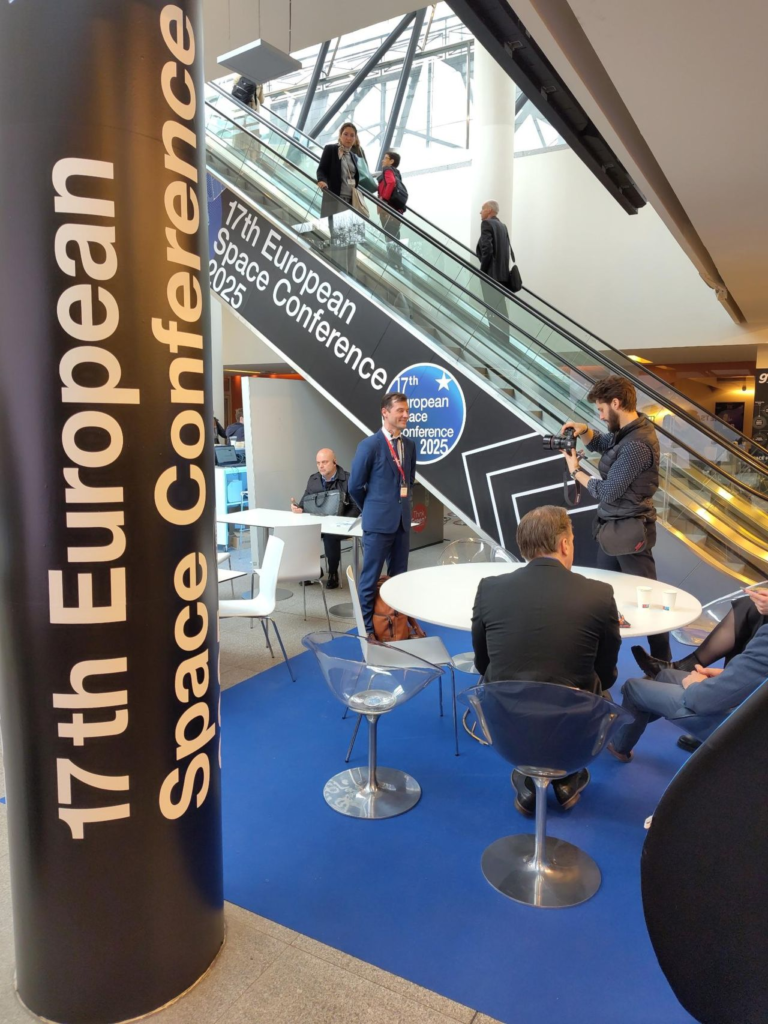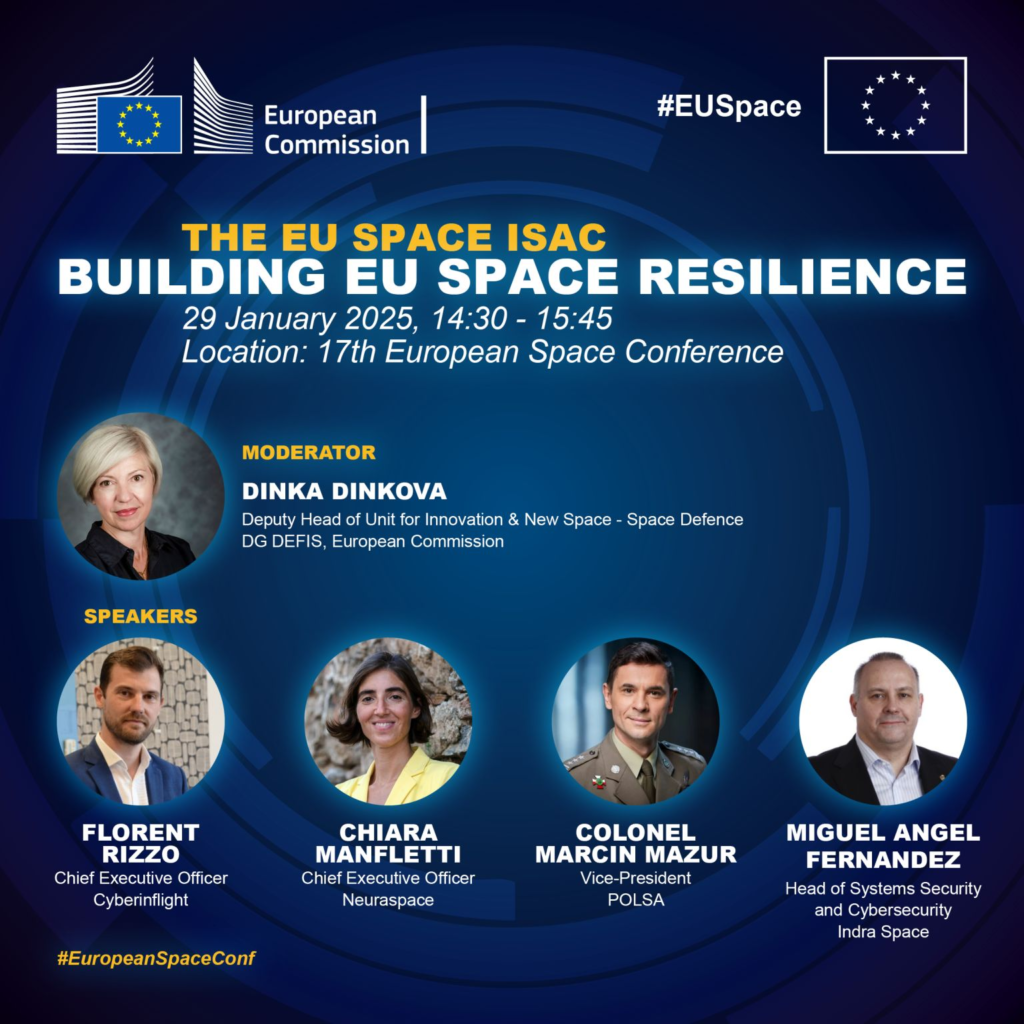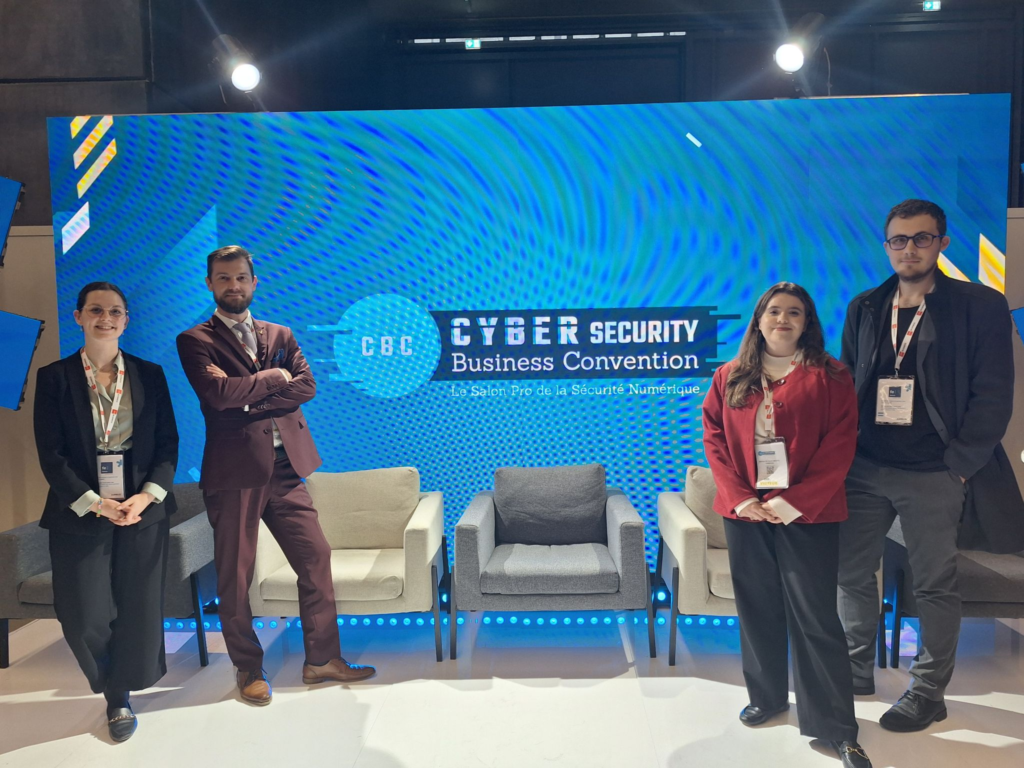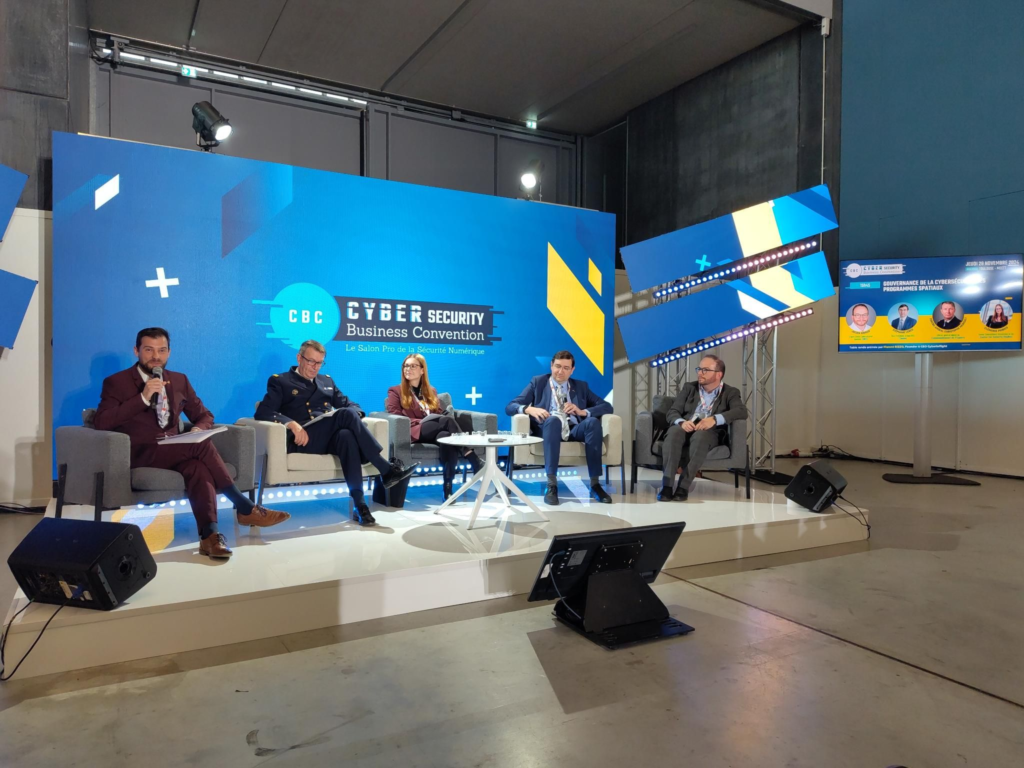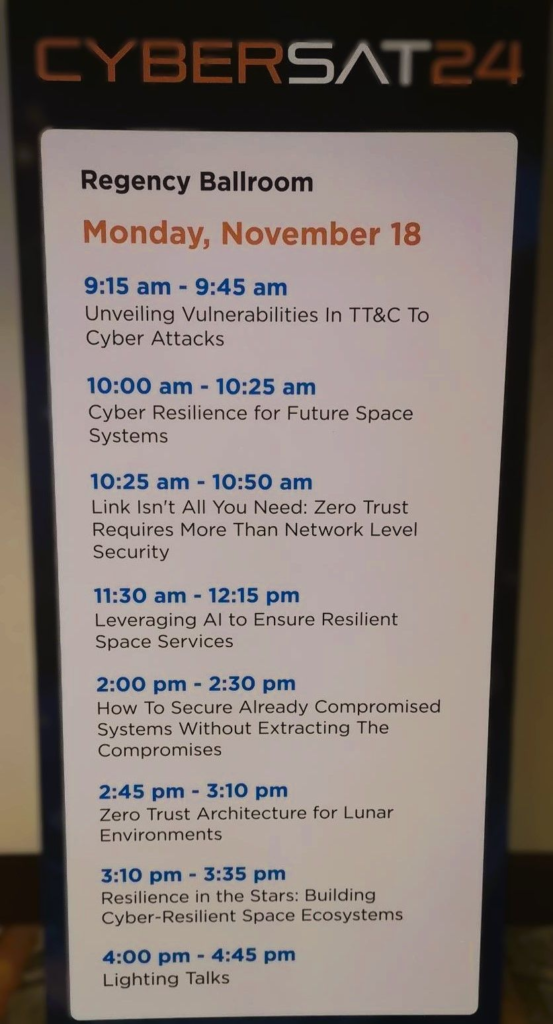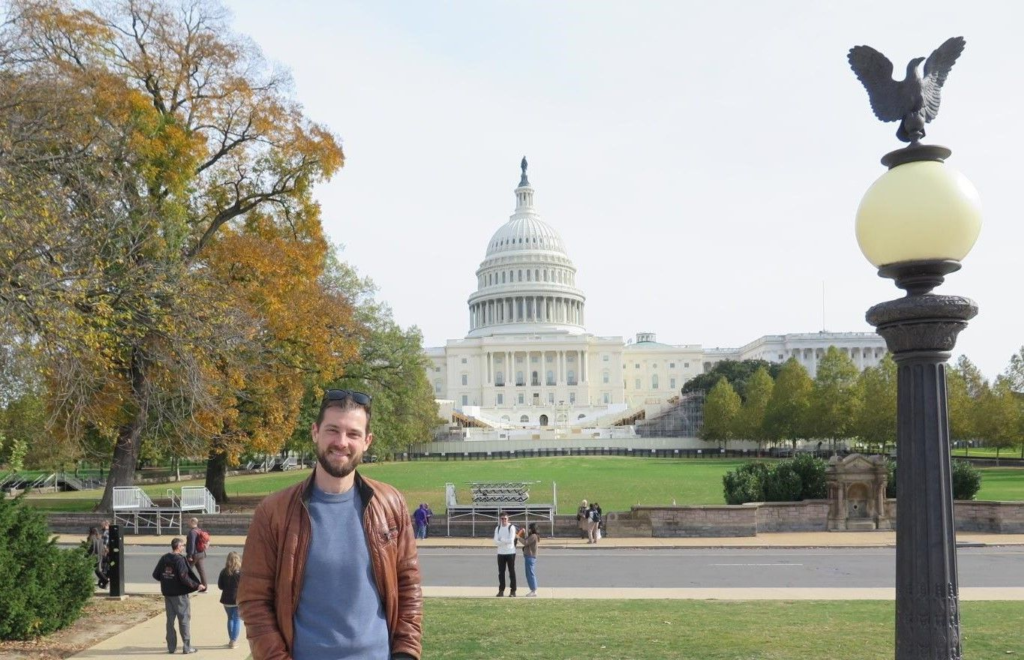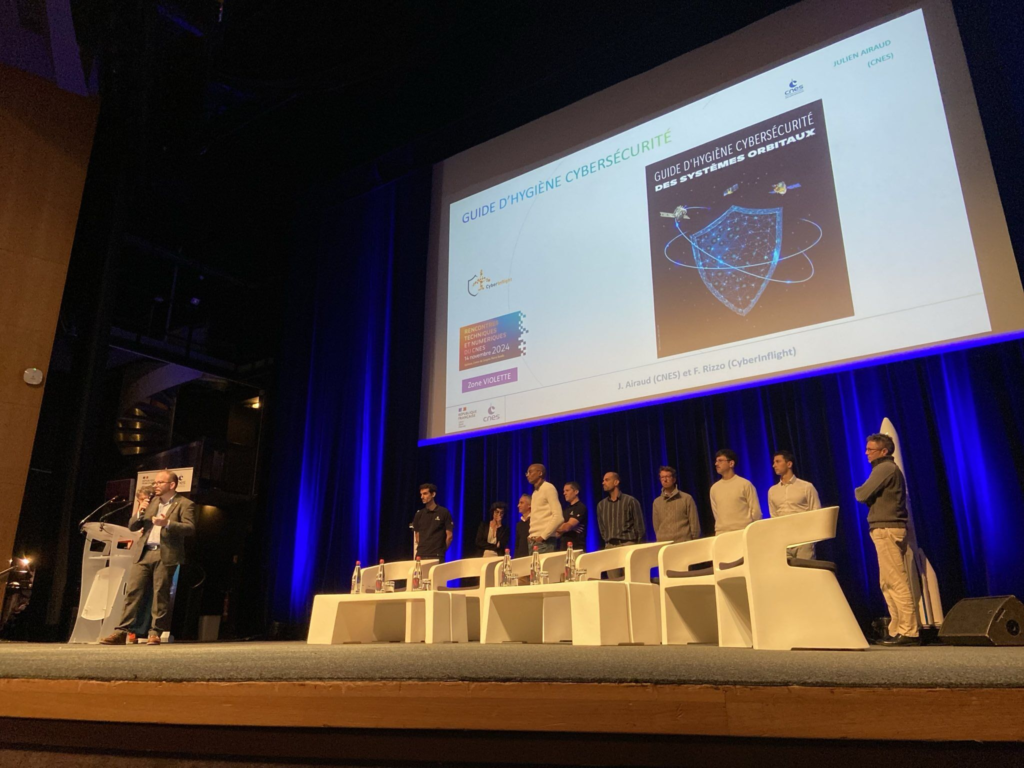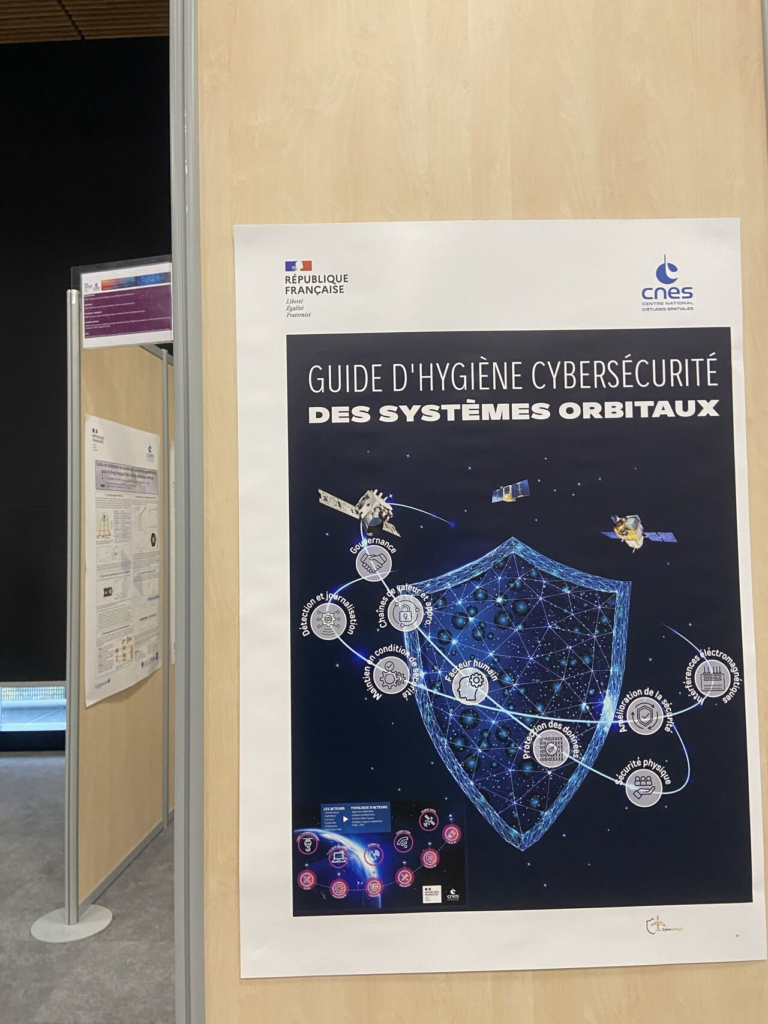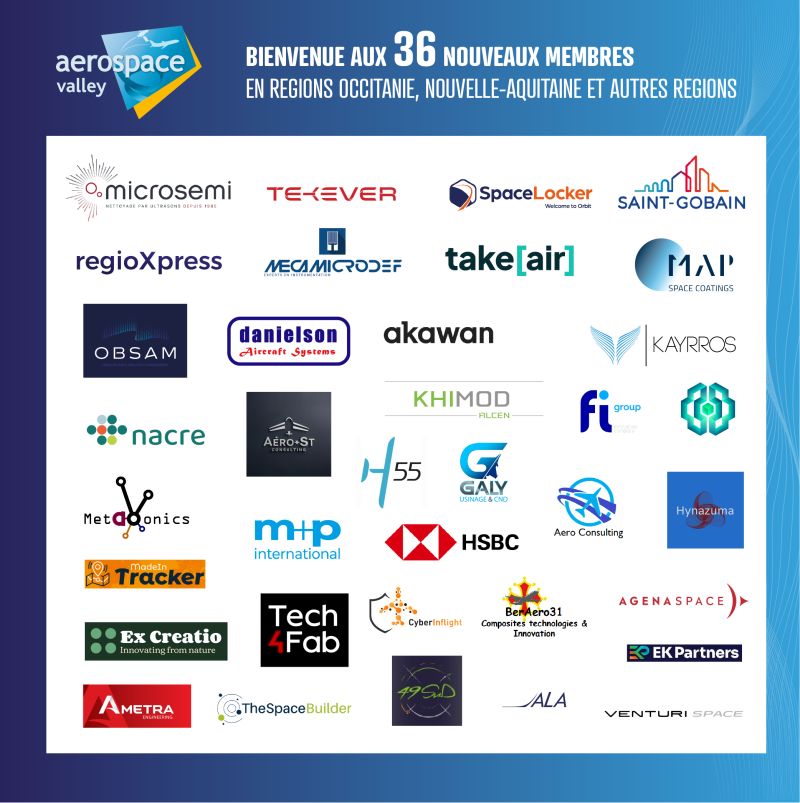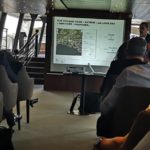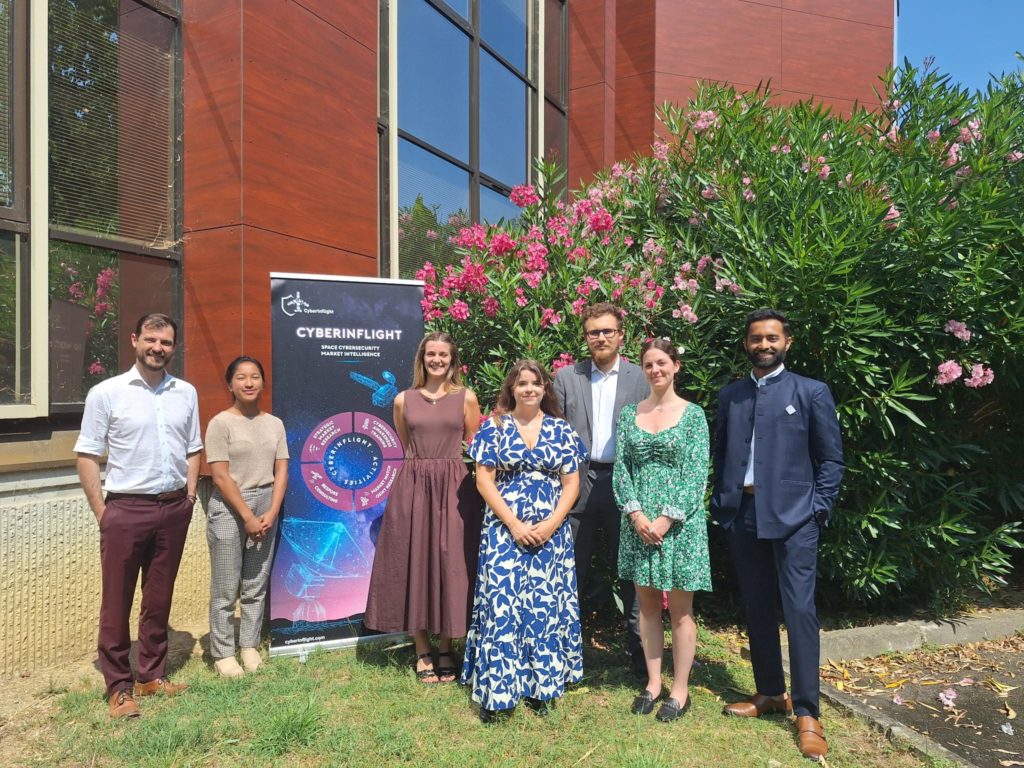📢The team is growing! We’re thrilled to welcome Delphine MARESCQ, our new intern, to CyberInflight’s team 🚀
Delphine will help us with our market intelligence studies for five months. She is pursuing a Master’s in Economics and Management of Innovation from Université de Bordeaux, specializing in Market Intelligence and Intellectual Property. 🌎⚔️
Bienvenue Delphine ! 😻
📢L’équipe s’agrandit ! Nous sommes ravis d’accueillir Delphine MARESCQ, notre nouvelle stagiaire, au sein de l’équipe de CyberInflight 🚀
Elle nous aidera pendant 5 mois à réaliser nos études d’intelligence économique. Delphine réalise ce stage dans le cadre de son Master en économie et management de l’innovation de l’Université de Bordeaux, spécialisé dans l’intelligence économique et la propriété intellectuelle. 🌎⚔️
